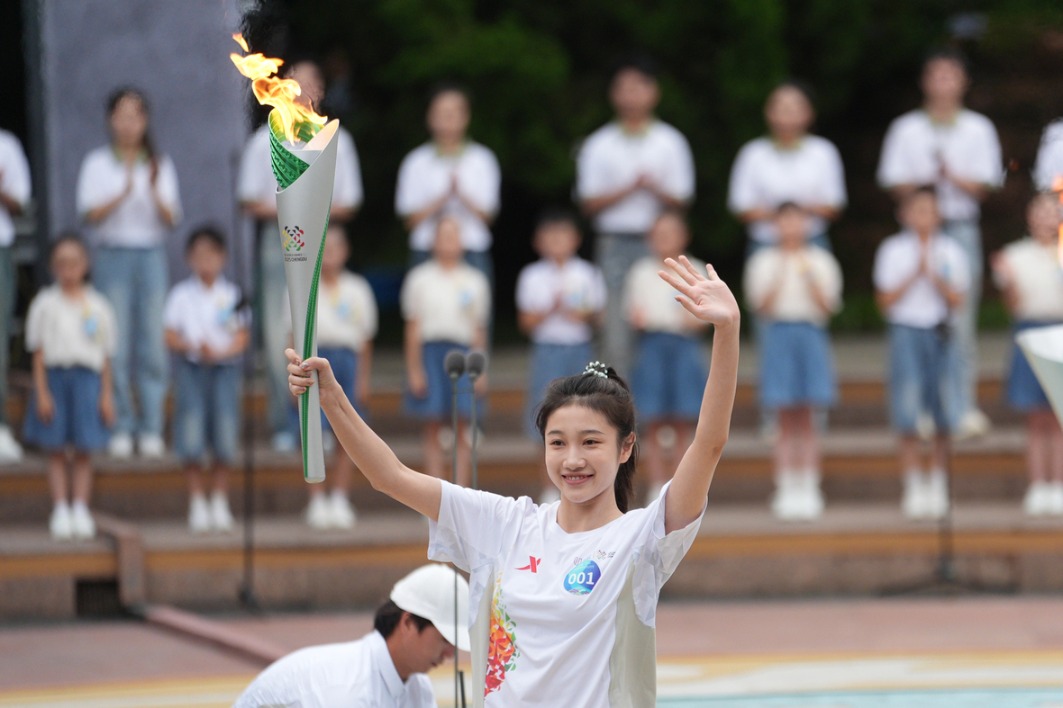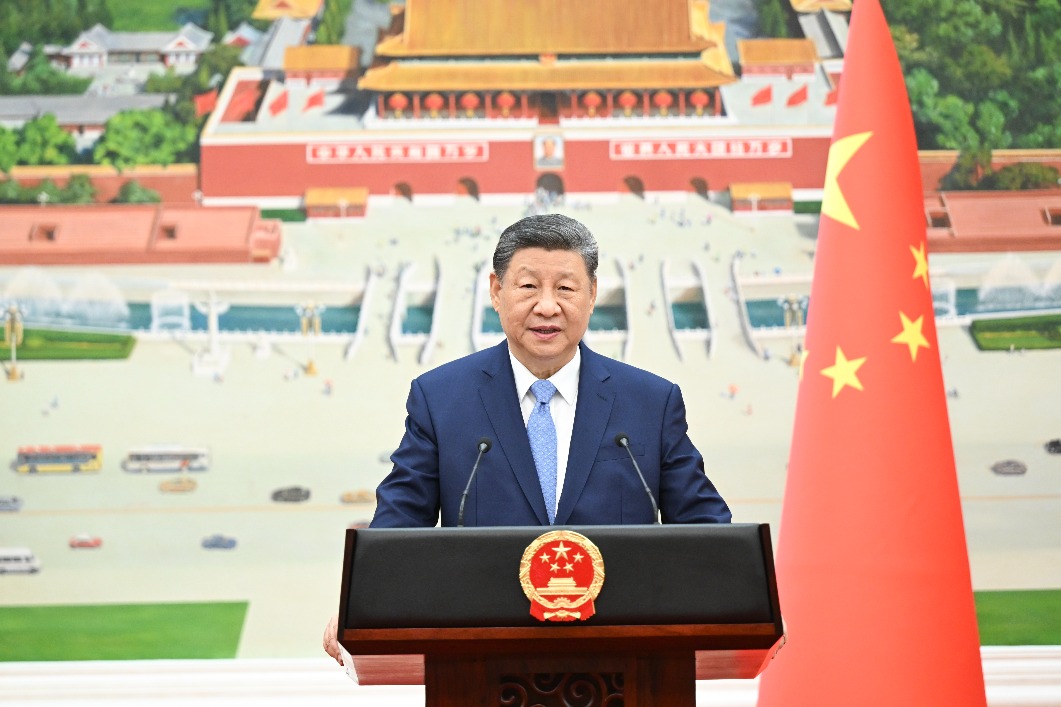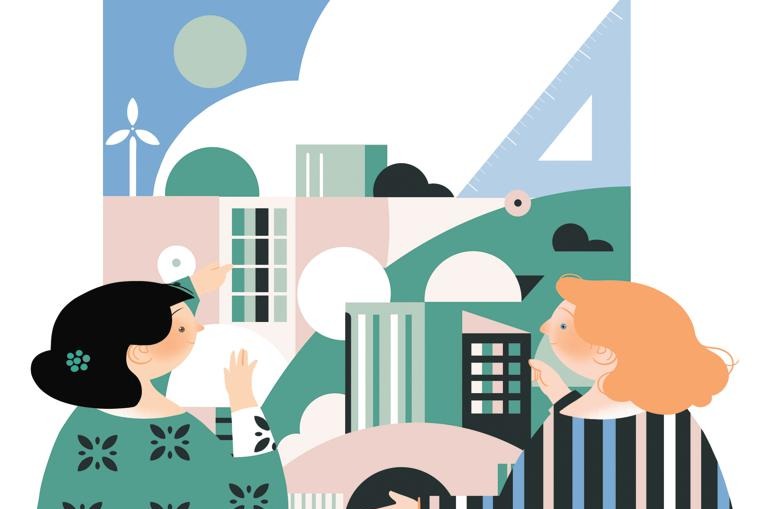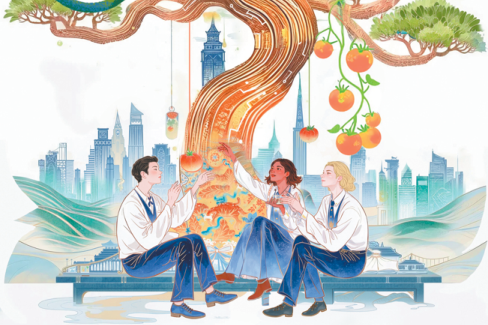Decades of change: Let the past serve the present

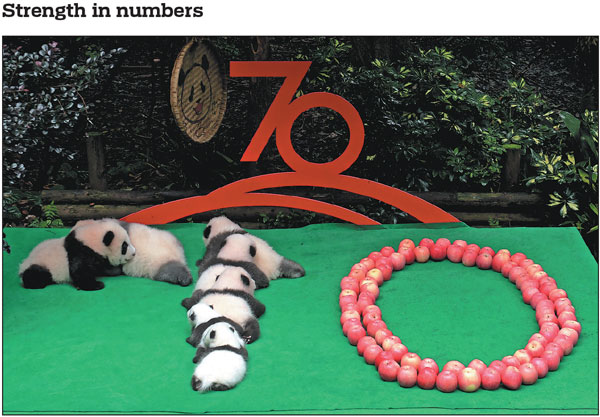
Courtyard reflections
The brown wrinkle of fallen leaves can be heard in the midnight breeze on the doorstep. This is the sound of Beijing in mid-autumn. For much of the past 25 years I have lived in a Qing-period courtyard house, which was the former home of Manchurian banner men. In the winter months, the Mongolian winds cut dry and sandy through the narrow hutong alleys outside, which form a labyrinth in the center of Beijing. This gives the courtyard a sense of solitude.
During the winter months, hutong life becomes silenced by the sound of wind.
The sharp shrill of Beijing's old dialect, heard amid cackling laughter in the summer months as elders play chess, drink tea and eat sticks of grilled lamb late into the evening, disappears in the winter months. It is replaced by the silence of a penetratingly blue sky that echoes clarity of mind. The haunting sound of pigeons flying in flocks with small cups tied to their feet – an old Beijing tradition for raising pigeons and tracking their movements – can be heard sweeping against the porcelain blue sky.
In the morning as I practice qigong on the back roof of our courtyard, I can see ultraviolet lights from high rising in the distance in a city that never sleeps, fading against the red sun rising in the morning east. The ancient inner city's complex of alleyways called hutongs (a Mongolian word that means water well) spreads as a labyrinth in all directions below.
These hutong were laid out during the reign of Yuan Dynasty Emperor Kublei Khan, who decided to make Beijing the site of his new capital, following the Mongol conquest of China in the 12th century. He hired Arab architects from North Africa to design the layout of this city, which has an almost Kasbah sense to its narrow-winding alleyways. Nepalese craftsmen came to build the white Buddhist stupas that stood as rising symbols of this new capital. Beijing was a crossroads of culture, an open center of diversity, learning and higher aspirations.
During the Ming Dynasty that witnessed the revival of Han rule over China during the 13th century, there were at least three Buddhist temples built on this hutong where I live. Craftsmen from Huai county in Shanxi province came to build the Forbidden City as it stands today, the parks and palaces that became Beijing as we know it. They brought with them their famous huai or scholar trees from Shanxi, planting them along the hutong for shade. A grand scholar tree rises from within my courtyard home today, cooling refuge from summer heat, somehow connecting shadows of the Ming Dynasty into our life today.
During the Qing Dynasty when Manchurians took power over the capital in the 15th century, this hutong became home of the White Banners, one of eight warrior castes of the Qing Dynasty. When the Qing were overthrown in the 1911 Revolution of Dr Sun Yatsen (who died only a few alleyways north of my home), this entire neighborhood was froth with intrigue as warlords scrambled for power and the Communist underground struggled against Japanese invasion and Kuomintang repression, during epic turmoil and civil war, that would lead to the founding of the People's Republic of China in 1949.
The gray brick walls and time-worn lion stones at the gates of these courtyard houses that line the hutong are the witness to the weight of a powerful history. My feelings about this city are best described with great sensitivity by the late author Han Suyin:
"Peking is home as no place else will ever be. We are exiled and disinherited until we may return. Beneath all tragedy there was an essential peace there, a deep substratum of unshakable harmony. There was beauty, the more poignant for its stately sadness. Our feet trod dust so rich in history, so weary with centuries of battle, so old with glory, that we were made wise and self-contained beyond our years."
In the autumn of 2019, in the silence of my courtyard home in the Eastern District of old Beijing's inner city, I reflected on the 70 years of change that transpired right here in the capital, in these very alleyways, an interlocking chain of events that mark the liberation, founding, opening, reform and modernization of China. This sequence of changes can only be appreciated in the context of a deep and complex history, the energy vortex of which lies right here in the center of Beijing.
















